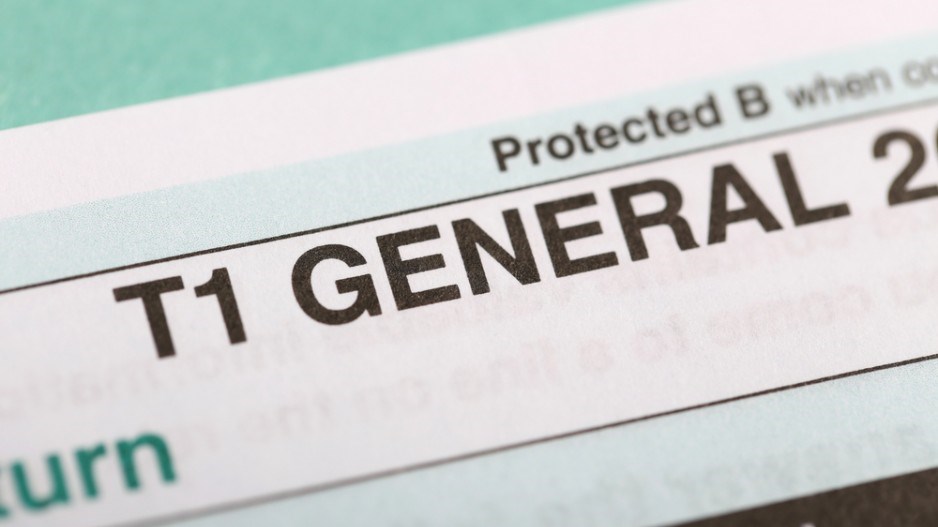Most Canadians say tax implications will weight heavily into their upcoming federal election vote, but an H&R Block Canada senior tax analyst isn’t sure most Canadians understand the intricacies of personal income tax.
A recent study conducted by H&R Block Canada using Angus Reid Form panelists found that 70% of those polled said tax implications would influence their vote, and one in three indicated it was a primary factor.
However Caroline Battista, a senior tax analyst for H&R Block Canada said many Canadians are a bit unsure as to how all the elections promises will affect them.
“Every year it surprises me how many people don’t know how the marginal tax rate works,” said Battista. “They think ‘Oh my gosh I don’t want to take that raise because it bumps me into the next tax bracket.’ But you’re only in the next tax bracket for as much as you’re in.”
The Marginal Tax Rate, as outlined on Canada Revenue Agency's (CRA) website, are as follows: 15% on the first $44,701 of taxable income, 22% on the next $44,700 of taxable income (on the portion of taxable income over $44,701 up to $89,401), 26% on the next $49,185 of taxable income (on the portion of taxable income over $89,401 up to $138,586), and 29% of taxable income over $138,586.
Both the NDP and the Liberals have pledged to roll back the Tax Free Savings Account (TFSA) maximum annual contributions limit from $10,000 a year to $5,500 after the federal government increased limits from $5,500 to $10,000. Battista said many Canadians have turned to TFSAs for long term savings.
“Tax free savings accounts are replacing RRSPs, as when I pull it out 50 years from now, I’m still paying tax at that rate that I originally put it in under.”
Battista added the marginal tax rate can be a confusing subject for many Canadians. The Liberals are proposing to reduce the 22% tax rate on taxable income between $44,701 and $89,401 to 20.5%, and are also proposing a new tax bracket of 33% on income in excess of $200,000.
“I would encourage people to look at some of their tax forms or go to the CRA’s website and pull up a Schedule 1 and see what tax bracket you’re in and see how that effects you,” added Battista.
The Conservatives have pledged to introduce a Single Seniors Tax Credit if re-elected, allowing single seniors the ability to claim a non-refundable tax credit in addition of $2,000 of pension income.
Battista added the hot button issue of “income splitting” is also something she thinks Canadians need more education around. The Family Tax Cut, which was introduced by the Conservative government in October of 2014, and applies to taxes filed for 2014, has been met with scrutiny from both the NDP and Liberals.
“The Family Tax Cut was based on income splitting but it wasn’t income splitting per se. So with The Family Tax Cut there’s potentially something in there for anyone who falls into the parameters of the two person family, because again it’s got to do with moving money within the different tax brackets. It’s not just if the one person makes a lot of money and the other person makes none.”
- with files from Jen St. Denis




